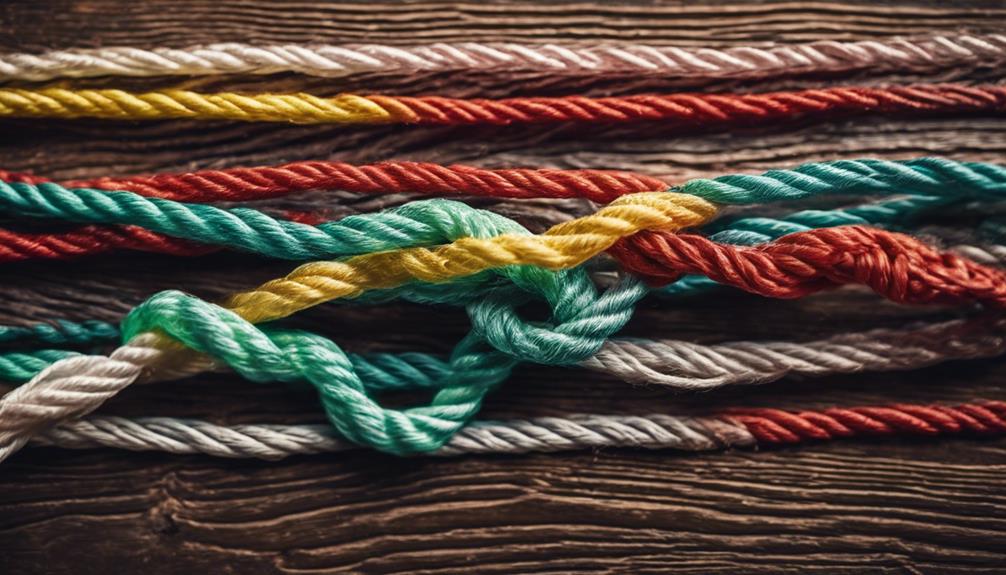Fishing is not just a hobby; it is a passion for many enthusiasts around the world. However, to make the most of your time on the water, understanding what fishing season it is and how it affects fish behavior is crucial. In this article, we will explore the different fishing seasons, the best times to fish, and tips to enhance your fishing experience, all while ensuring you stay informed about regulations and best practices.
Understanding Fishing Seasons
Fishing seasons vary widely depending on the location, species of fish, and environmental factors. Generally, fishing seasons are categorized into three main periods: spring, summer, and fall. Each season presents unique opportunities and challenges for anglers, and understanding these can significantly increase your chances of a successful catch.
For instance, spring is often considered the prime time for fishing as fish become more active after the winter months. Water temperatures begin to rise, prompting species like bass, trout, and walleye to spawn. Conversely, summer can lead to different fishing conditions, such as increased water temperatures and fish seeking deeper, cooler waters. Fall presents another shift, with fish preparing for winter, making them more aggressive in feeding.
The Best Times to Fish Throughout the Year
When considering what fishing season it is, it’s essential to factor in not just the time of year but also the time of day. Early mornings and late afternoons are typically the best times to fish, regardless of the season. Fish are more active during these periods, feeding aggressively in search of food.
In spring, try to fish during the warmer parts of the day, particularly when the sun is high. During summer months, focus on fishing during the cooler hours of early morning or late evening to avoid the heat and find fish in shallower waters. As fall approaches, midday fishing can be productive as fish take advantage of the warmest water temperatures.
Seasonal Fishing Techniques and Tactics
Different fishing seasons also call for different techniques and tactics. In spring, anglers should focus on shallow waters where fish are spawning. Using lighter tackle and live bait can increase your chances of success. Spinnerbaits and soft plastics are great options during this time.
Summer fishing often requires anglers to adapt to warmer waters. Consider using topwater lures early in the morning, transitioning to deeper fishing techniques as the day heats up. In the fall, a good strategy is to mimic the baitfish that are abundant during this time. Jerkbaits and crankbaits can be particularly effective as fish are bulking up for winter.
Local Fishing Regulations and Restrictions
As you ponder what fishing season it is, it’s vital to be aware of local fishing regulations. Many regions have specific seasons for different fish species to protect spawning populations. Before heading out, check with your local wildlife agency or department of natural resources for any seasonal restrictions or licensing requirements.
In some areas, catch-and-release policies may be in place, especially for species that are overfished or endangered. Respecting these regulations not only helps maintain healthy fish populations but also ensures that future generations can enjoy the sport of fishing.
Understanding Fish Behavior by Season
To effectively determine what fishing season it is, understanding fish behavior is key. During the spawning season in spring, fish are generally more aggressive and can be found near their spawning beds. As the season progresses into summer, fish behavior changes; they become less aggressive in warmer waters and can become more difficult to catch.
In the fall, fish begin to feed heavily in preparation for winter, making this an excellent time for anglers to catch larger fish. Understanding these behavioral patterns will not only help you decide when to fish but also what methods and gear to use.
Preparing Your Gear for Each Fishing Season
Each fishing season requires different gear and preparation. In spring, consider using lighter rods and reels, as well as a variety of baits to entice spawning fish. In summer, ensure you have gear that can handle deeper waters and larger fish, as many species will seek cooler temperatures.
Fall fishing gear should include lures that mimic the local baitfish, as well as heavier tackle to handle the aggressive nature of fish during this feeding period. Always ensure that your gear is in good condition and ready to tackle the challenges of each season.
The Role of Weather and Environmental Conditions
Weather and environmental conditions also play a significant role in determining what fishing season it is and how successful you will be. Barometric pressure, temperature, and water clarity can all impact fish behavior. For instance, fish tend to be more active before a storm and may feed aggressively.
Monitoring weather forecasts and understanding seasonal patterns can give you an advantage. Always be prepared for changing conditions, and consider how these factors might affect your fishing plans.
Conclusion: Making the Most of Your Fishing Experience
Ultimately, understanding what fishing season it is can enhance your fishing experience significantly. By being aware of seasonal changes, local regulations, and fish behavior, you can optimize your time on the water. Whether you’re a seasoned angler or a novice, adapting your techniques, gear, and strategies based on the season will yield better results.
Remember to always practice ethical fishing practices, respect local regulations, and conserve fish populations for future generations. With the right knowledge and preparation, you can enjoy a successful fishing season, filled with memorable catches and experiences. Happy fishing!
